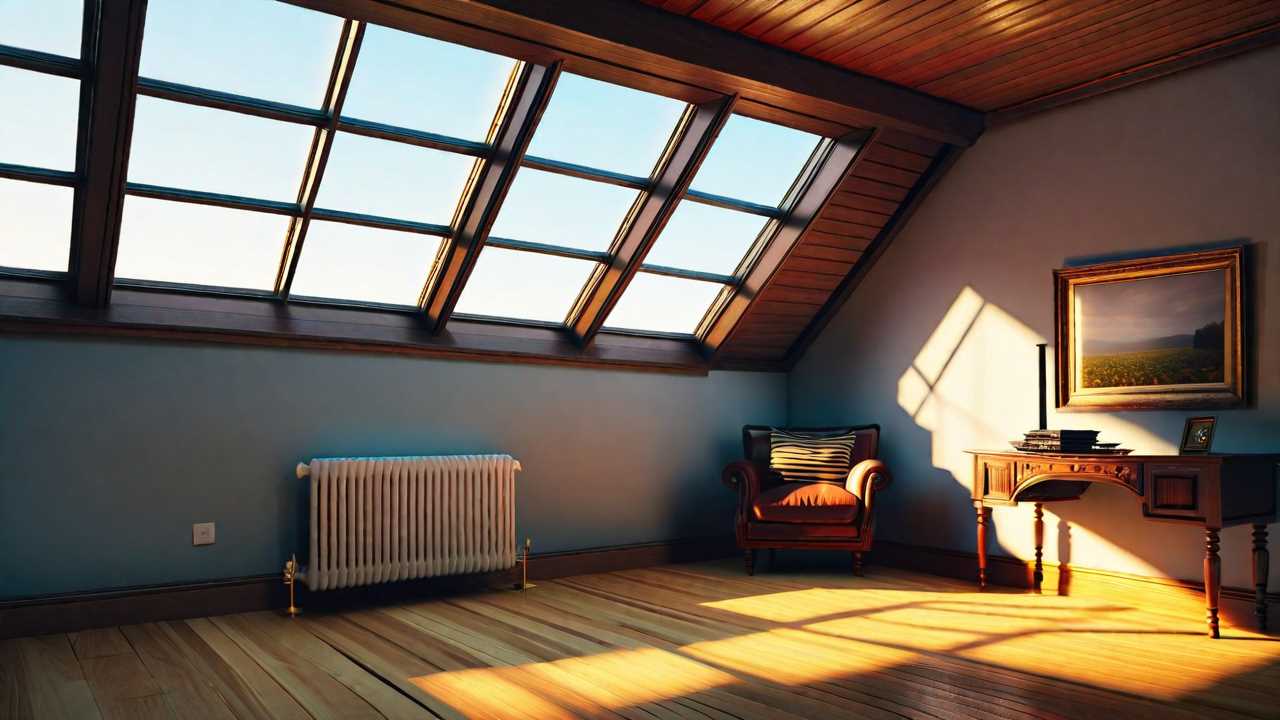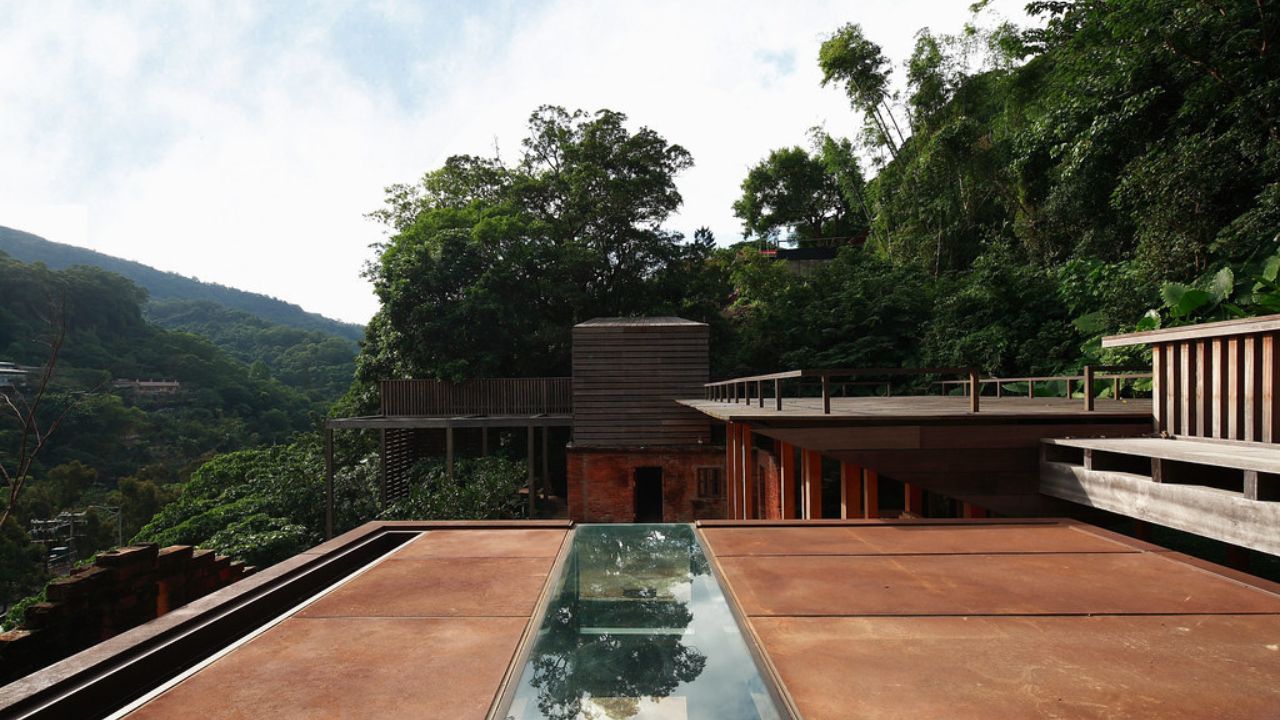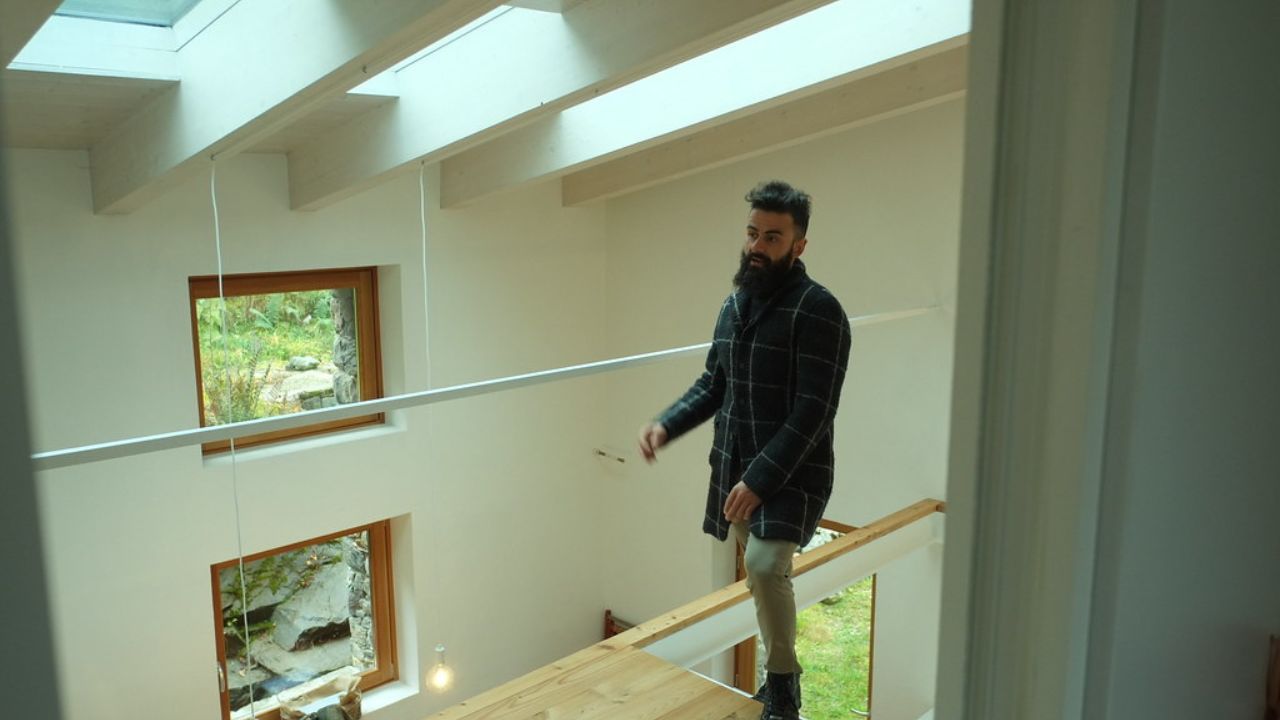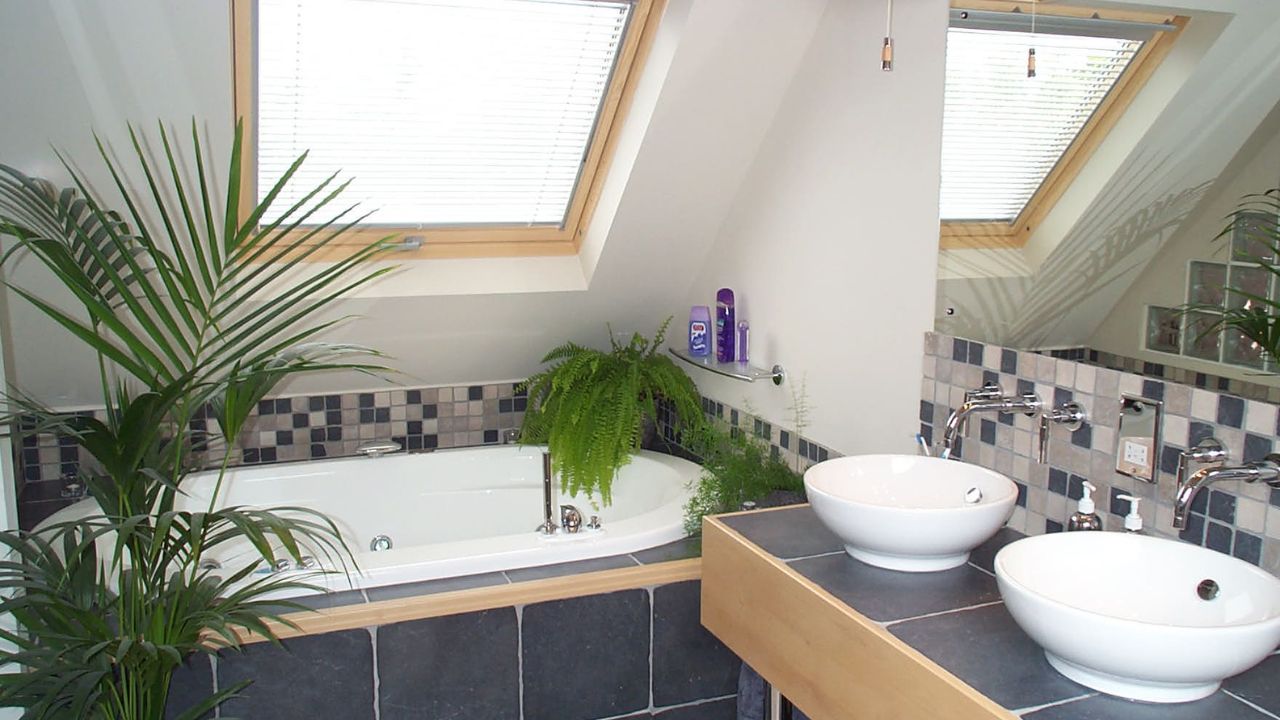
In terms of skylights, you might be surprised to learn how they can impact the heat in your home. The question of whether you lose a lot of heat from a skylight is more significant than it seems at first glance. Factors such as insulation, materials used, and the type of skylight all play a role in determining the extent of heat loss. Understanding these variables is important in optimizing energy efficiency and maintaining a comfortable indoor environment. So, how does your skylight measure up in terms of heat retention?
Understanding Skylight Heat Loss
Understanding skylight heat loss involves analyzing the thermal conductivity of the materials used and the impact of insulation on energy efficiency. Skylights, while providing natural light and aesthetic appeal, can also contribute to heat loss in a building. The materials used in skylight construction play an important role in determining how much heat is lost. Materials with high thermal conductivity, such as metal frames, can lead to more significant heat loss compared to materials with lower conductivity, like PVC or wood.
Insulation is another key factor in reducing heat loss through skylights. Proper insulation can help maintain indoor temperatures by preventing the transfer of heat through the skylight. Without adequate insulation, heat can easily escape during colder months, causing increased energy consumption to maintain a comfortable temperature indoors.
To minimize heat loss through skylights, consider choosing skylights with lower thermal conductivity materials and ensuring proper insulation is in place. These steps can help improve energy efficiency and reduce heating costs, giving you the freedom to enjoy natural light without compromising on comfort.
Factors Affecting Heat Loss
Analyzing different factors can help quantify the impact of skylight materials and insulation on heat loss in buildings. Regarding heat loss through skylights, the material of the skylight itself plays an essential role. For instance, single-pane skylights are less effective at insulating and can lead to more heat loss compared to double-pane or triple-pane skylights. The number of panes and the type of gas between them also affect thermal efficiency.
Moreover, the size and orientation of the skylight relative to the sun’s path influence heat gain, which can subsequently impact overall heat loss. Proper placement and sizing of skylights can help minimize heat loss during colder months while optimizing natural light entry.

Additionally, the quality of insulation around the skylight is vital in reducing heat loss. Insufficient or degraded insulation can create gaps where heat can escape, increasing energy consumption for heating. Understanding these factors allows for informed decisions on skylight selection and installation to mitigate heat loss effectively.
Improving Skylight Energy Efficiency
To improve skylight energy efficiency, consider upgrading to double-pane or triple-pane skylights for improved insulation. Double-pane skylights consist of two panes of glass separated by a layer of gas, typically argon or krypton, which reduces heat transfer. Triple-pane skylights add an additional pane of glass and gas layer, further boosting thermal performance. These upgrades can significantly decrease heat loss during colder months and reduce heat gain in warmer seasons, leading to energy savings and improved comfort within your space.
In addition to upgrading the glazing, selecting skylights with low-emissivity (low-e) coatings can further optimize energy efficiency. Low-e coatings help reflect infrared heat while allowing visible light to pass through, resulting in better insulation properties. When combined with advanced framing materials that offer better thermal breaks, such as fiberglass or vinyl, overall skylight energy efficiency can be maximized.
Insulating Your Skylight
Consider improving the insulation of your skylight by assessing the effectiveness of current weatherstripping and seals. Proper insulation is vital for minimizing heat loss and maximizing energy efficiency. Start by inspecting the condition of the weatherstripping around the skylight frame and the seals between the glass panes. Any gaps or signs of wear can result in significant heat loss.
To boost insulation, you may need to replace worn weatherstripping with new, more efficient materials. Look for weatherstripping options that provide a tight seal when the skylight is closed, preventing air leakage. Additionally, consider adding insulating window film to the glass panes to reduce heat transfer.
Regular maintenance of the weatherstripping and seals is crucial to guarantee top-notch insulation performance. Periodically check for any damage or wear and address it promptly. By taking these steps to improve the insulation of your skylight, you can effectively reduce heat loss and enhance energy savings in your home.
Maintenance Tips for Energy Savings
Evaluating the condition of your home’s insulation and sealing mechanisms can significantly impact energy efficiency and reduce heat loss. Proper maintenance plays an essential role in maximizing energy savings.

Begin by inspecting the insulation in your attic and walls to make sure they meet recommended R-values for your climate region. Sealing any gaps or cracks with weather-stripping or caulking can prevent air leakage, reducing the workload on your heating system.
Regularly clean or replace HVAC filters to optimize airflow and energy consumption. Additionally, scheduling annual maintenance for your heating system can improve its efficiency and longevity. Consider upgrading to programmable thermostats to regulate temperatures based on your schedule, further saving energy.
Monitoring your energy usage through smart technology can provide valuable insights for adjusting habits and optimizing savings. By staying proactive and implementing these maintenance tips, you can improve energy efficiency, reduce heat loss, and ultimately save on energy costs.
Frequently Asked Questions
How Do Skylights Affect Natural Light in a Room?
When considering natural light, skylights amplify illumination, creating a dynamic interplay between the outdoors and indoor spaces. Their strategic placement optimizes sunlight distribution, fostering a bright and airy atmosphere that harmonizes with your environment.
Are There Skylight Options That Reduce Heat Loss?
To reduce heat loss, consider skylight options like double or triple glazing, low-emissivity coatings, or insulated frames. These features help to improve energy efficiency by minimizing heat transfer, ensuring a more comfortable indoor environment.
Can Skylights Be Tinted for Better Insulation?
Tinted skylights can optimize insulation by reducing heat transfer. They help regulate indoor temperatures, potentially lowering energy costs. Consider tint options to improve comfort and efficiency in your space, benefiting from both light and thermal management.
What Are the Benefits of Double-Pane Skylights?
Double-pane skylights offer improved insulation, reducing heat transfer and energy costs. They provide superior soundproofing and UV protection while enhancing indoor comfort. Upgrading to double-pane skylights can boost your home’s energy efficiency and overall ambiance.

Do Skylights Impact the Resale Value of a Home?
Skylights can boost a home’s resale value by adding natural light, aesthetic appeal, and potentially lowering energy costs. Research market trends and consult real estate professionals to determine the impact of skylights on your property’s value.